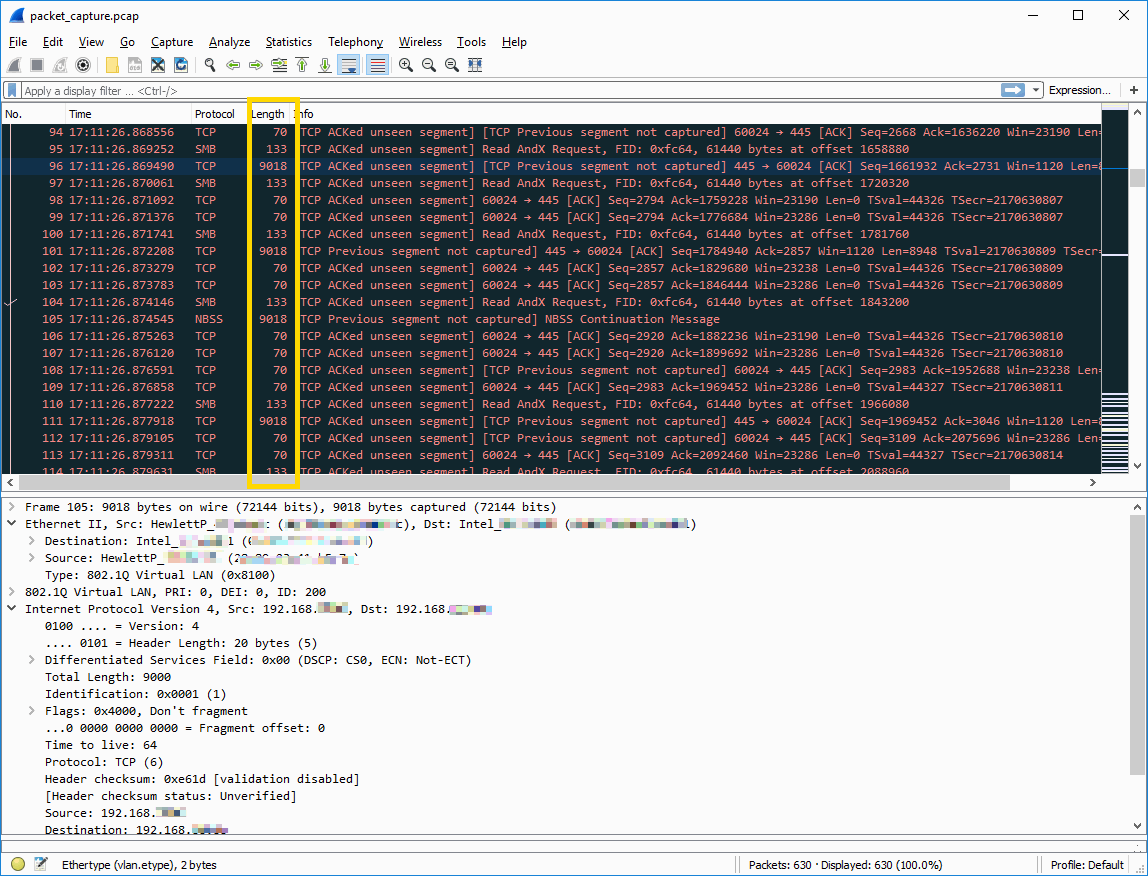Different Network Topologies For Music
What Are The Goals?
Our end game is simple - make sure the network between NAS ⇄ Media Streamer is isolated as much as possible, and maximise throughput.
Traffic Isolation
Minimise spurious network traffic the best you can. Some strategies:
- Reduce the number of devices on this network to a bare minimum. Just the NAS, your streamer PC(s) and nothing else
- Reduce broadcast/multicast packets. Disable DHCP services, enable IGMP snooping on the switch.
Do everything you can such that this network only contains mostly just one type of traffic (music) and little of everything else. Connect your NAS and music streamer to the best (fastest) switch you have. It pays to design your music network as such, because you can forget about QoS. In simple terms, QoS is about prioritising one type of traffic over another (e.g. you want your FPS games’ traffic to have a higher priority over everything else). Since there is only one type of traffic, there is nothing else to prioritise!
And because the two critical devices sit on the same switch, you are assured of wire speed (assuming you’re using a quality switch).
Throughput
What is throughput? In the context of this article, the amount of data you can push over the wire per second. The bigger the number, the higher the throughput. It does not matter if you are using 10 Mbps, 100 Mbps, 1 Gbps, 20 Gbps, 40 Gbps or even higher baud network. Given the network wire speed, you just need to make sure all the bandwidth is at your disposal. In a nutshell, this means improve the efficiency of data transfer, i.e. enable Jumbo Frames.
Adjusting the MTU (message length) to 9000 bytes does not imply every packet always will have a message length of 9000 bytes. This is just the “upper-bound” number. Specifying the maximum length a network packet can be. The payload can be anything from a few bytes, to this maximum value of 9000 bytes. On gigabit network, MTU size of 9000 bytes is about 99% efficient.
Here is an example of the traffic on my music network. Note the lengths have various lengths, from 70 bytes all the way to 9018 (music contents).

With the current music formats available at time of writing, you are not going to be close to saturate the 1000 Gbps bandwidth. These two goals only make sure that when there the time come where data needs to be sent from your NAS to the media streamer, all your lanes are free, wide open and super ready for the exchange to take place.
Advertising
About The Author
3 comments
Comment from: didG Visitor
Comment from: Dave Visitor
Jumbo frames on RPi.
Try this:
https://www.raspberrypi.org/forums/viewtopic.php?f=29&t=244471&p=1665692#p1665692
Comment from: Agent Kith Member
Very nice find!!!!! Thanks.


Really nice introduction, thanks for sharing and i will follow the next steps for sure. It can be impossible to explain a setup in detail with variety of routers and switchs on the market, but give an example with the main guidelines will be an huge help for that! Happy new year Kith!